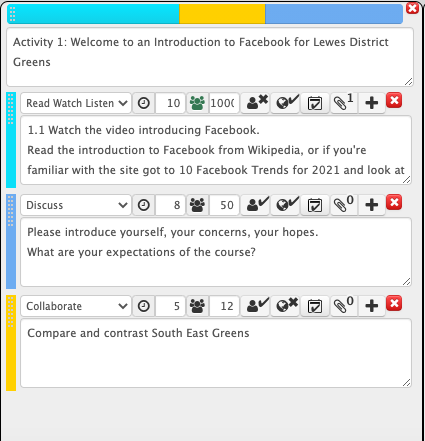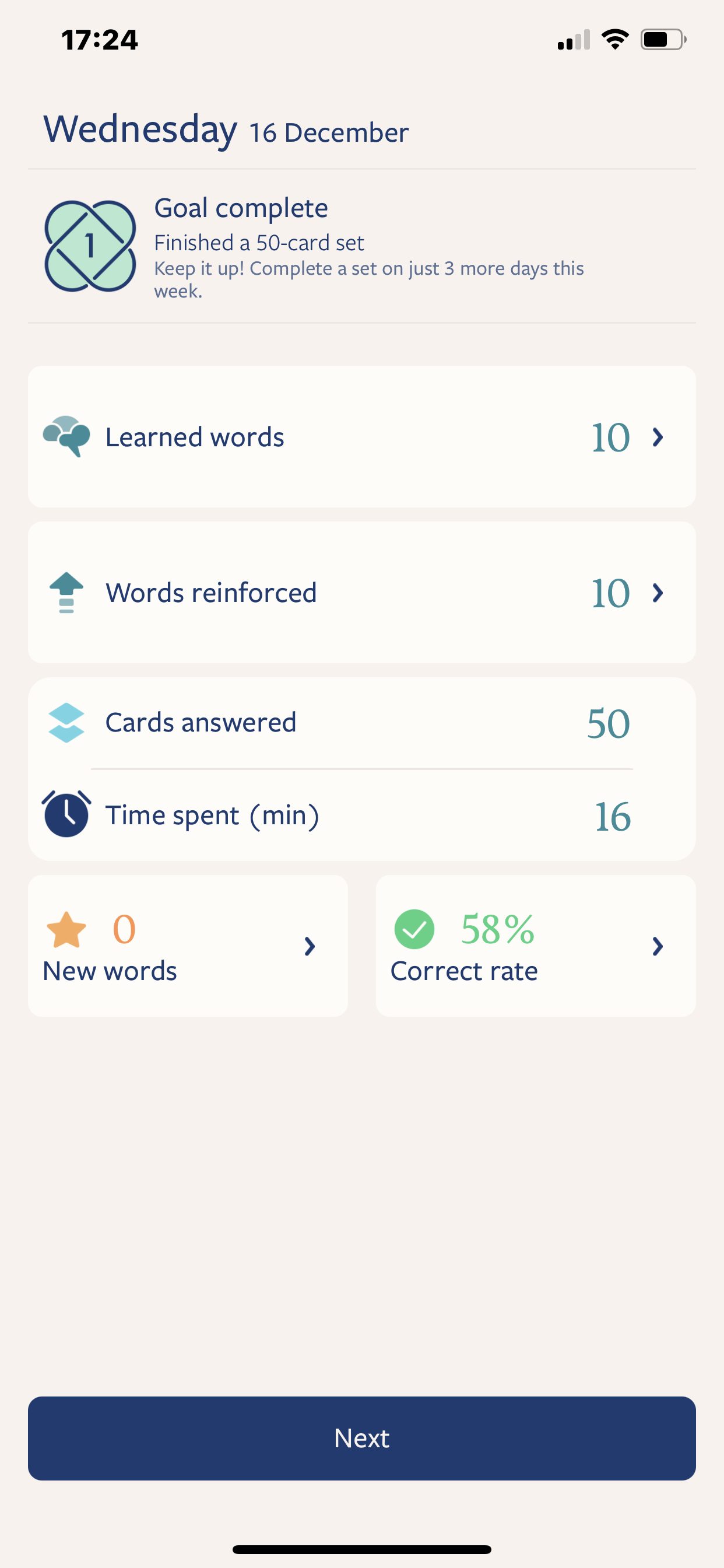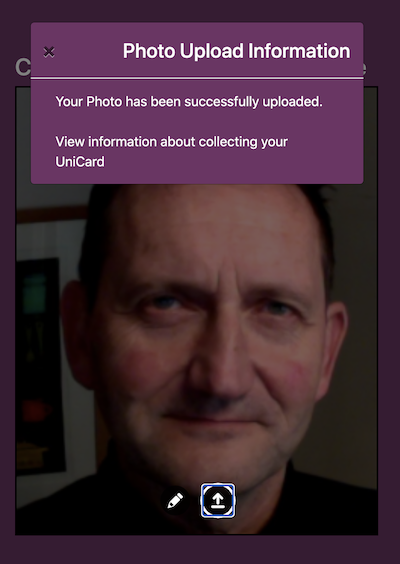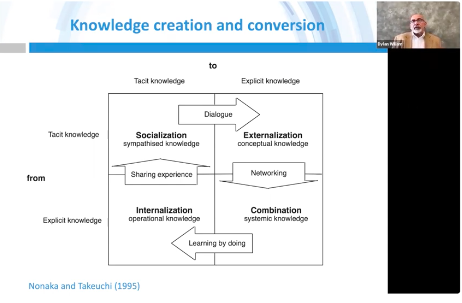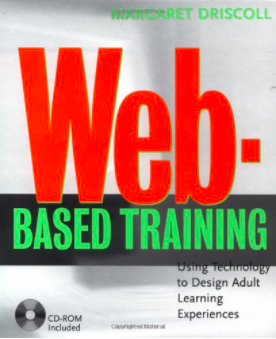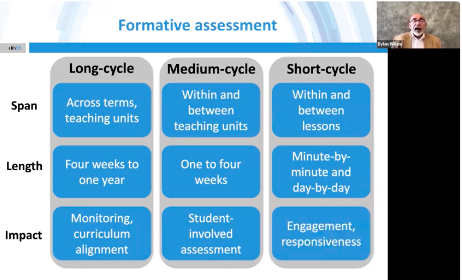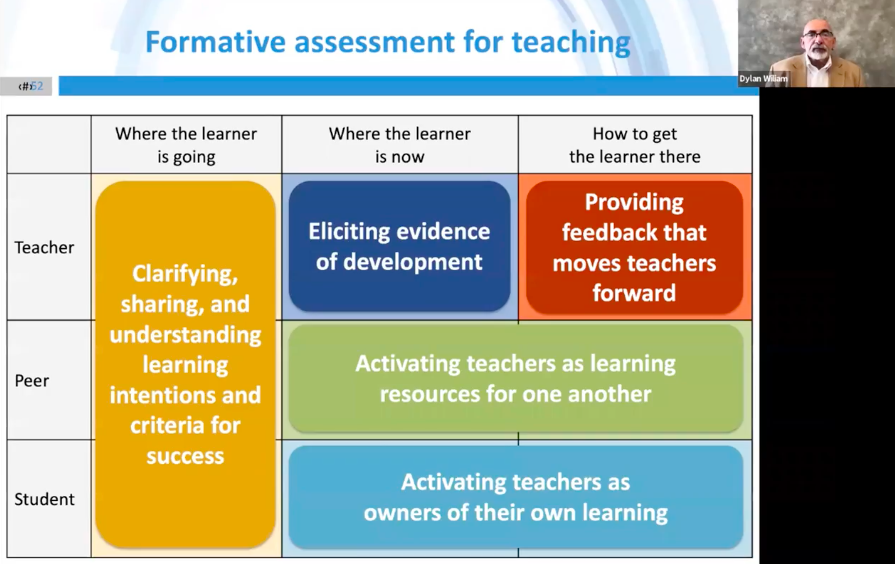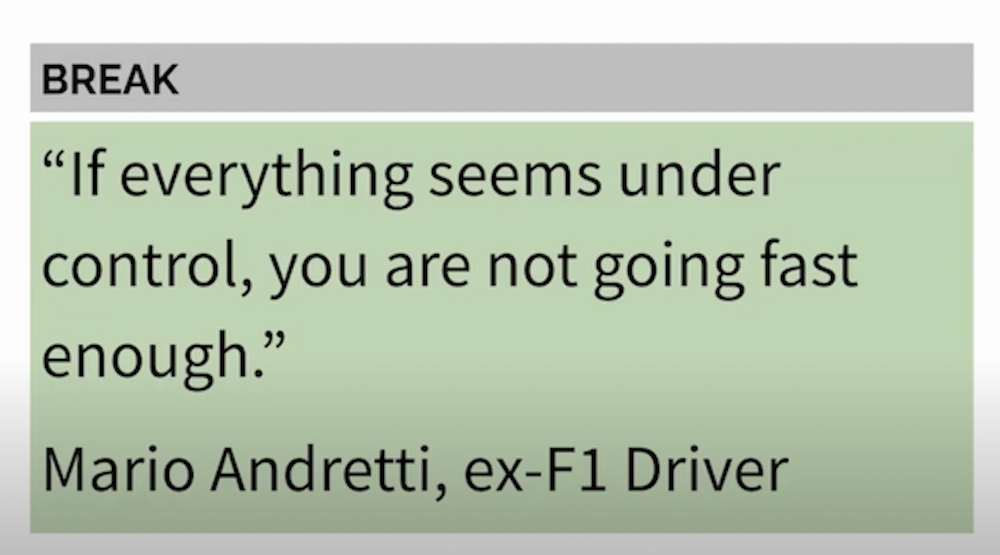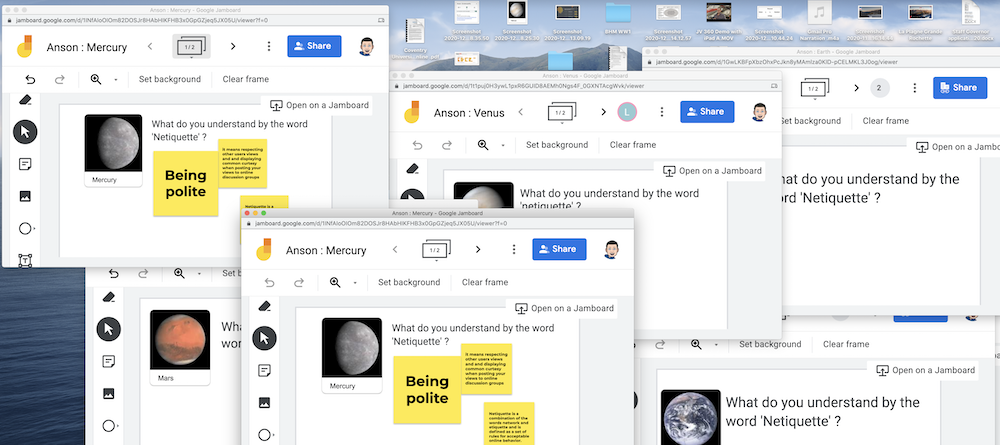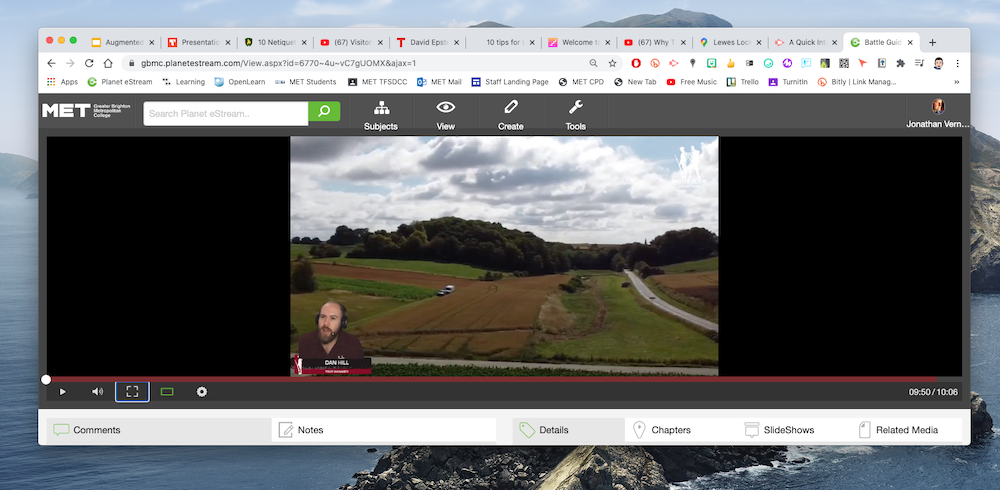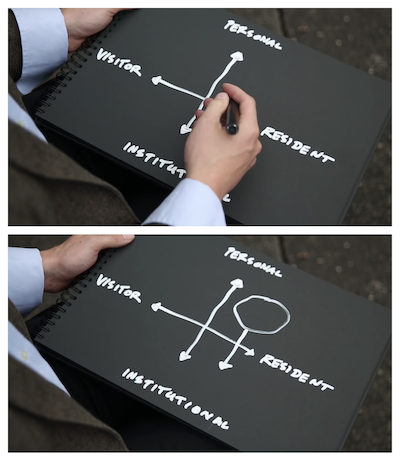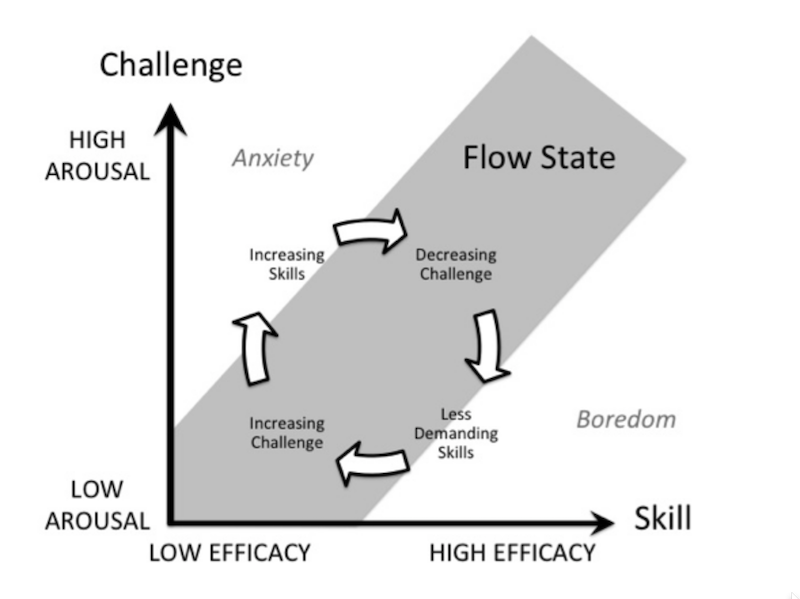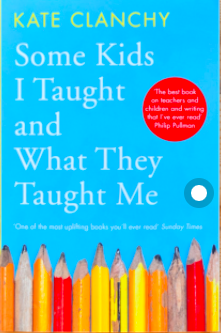
A reivew of sorts written in several parts over 12 hours between 8:00am and 8:00pm this wet, dull, claustrophic, semi-lockdown Sunday on the Western edges of Lewes ...
I'm 60 pages in and when I open the book I still get a waft of fresh paper. I need a book like this as a reality check and reminder of who matters in all of this education malarkey - the student !
I'll grow to feel in control, learn quickly ways to support their learning.
I like this:
'It's a bodily experience, like learning to be a beekeeper, or an acrobat: a series of stinging humiliations and painful accidents and occasional sublime flights which leave you either crippled or change'. p.1
How can teaching online via webcam be a bodily experience? An 'out body' experience perhaps? Not helped where none of the students are present - all have their webcams turned off.
Kate Clanchy supports my idea regarding motivation, she makes this optimistic remark about her students (she teaches in school) 'all children will behave perfectly ... if they want to know something very much, about sex or anything else, and an adult sincerely sets out to tell them.' p.15
The issue of course if neither the students not the teacher want to impart knowledge: take 'Black Lives Matter'. Not my view, but I have had others ask why it is being taught to a group of all white students - or harder, how to teach it to a class where one student is black. Should it be awkward? Would it be like teaching menstruation to a class of predominantly boys with one girl present? What if the class was entirely black but for one white kid? I think the teachers missed the point, the institution failed in selling the purpose of teaching the class and in fact should it not be the case that only those who know what they are talking about get up to teach?
A further insight into the students comes where the author sums up her experience of working (her choice) with students who had been isolated in the 'inclusion' portacabin on the other side of the playing field. These children had misbehaved so badly or so often that they were separated from the rest of the school. Kate Clanchy is a saint; she has a lot to teach us. She tells a story of how she encouraged them to write her notes and put them anonymously in a box. Those that were scrumpled up and dropped in the bin proved more revealing as it told stories of physical and mental abuse and neglect. We know that how children are raised has a profound impact on their behaviour and response to the wider world.
'No one is bad, though many are sad, and a few are mad' she writes on page 56.
I'm reading a lot at the moment.
In between reviewing 1 hour 42 minutes of Dylan Wiliam on 'Formative Assessment' and the need for actions in schools to be based on evidence and checking through Dave White on 'Visitors and Residents' in the digital world, I riggle my way through the rest of Kate Clanchy.
There are no surprises that she uncovers systemic racism in poetry competitions she enters her pupils for, no surprises at how awkwardly church schools fit into secular, or rather multiracial Britain, nor how middle-class parents tend to point their kids towards middle-class and aspiration schools leaving the general population lacking in a proper understanding of the communities around them.
Very Quiet Foreign Girls is worth Googling for their poems. Like 'Dead Poets Society' this is a group of underprivileged girls, rather than privileged boys, who met to read and compose poetry. The multiracial and international mix of students is extraordianry: Khurds, Iranians, Somalians, Poles and Hungarians, Moroccan, Afghan, Indian and Pakistani with a suitable mix fo relgions across branches of Islam, as well as Hindu, Cathollic and no religion at all.
Deprivation can be a shocker: the way the children live, their poverty, how treated at home, the uniform a release from having to find anything special or different to wear, shoes in all weathers a pair of flip flops, travel to London from Essex, let alone 'abroad' a signal of something 'beyond' and out of their reach to the point of feeling like impostors to be with anyone so privileged.
'Poverty is stronger than plumbing' Kate Clanchy writes (p.160), 'stronger than medicine, stronger than art'.
The first taste I got of it was on benefits in London in April 1985; not an expected path for an Oxford graduate who'd been spoilt for choices at the end of the Milk Round the Year Before. Then doing odd jobs, in a flat in Willesden and joining the Tricycle Youth Theatre and being around as many black faces as white.
I'd not lived; I'd not travelled in my own country. I've been rubbing off the public school ever since and have taken a long time to reclaim Oxford rather than simply stating that I went to 'college'. Elitism comes in many forms and I am guilty of belonging to a few of them in the past (not always by choice).
Education is national, it is the community, it ought to be a melting pot, it ought to be a leveller. It should not be the fragmented, privileged, excluding, isolating experience that it is in Britain where too many children's experience is amongst 'their own kind' geographically, and by race, religion, class and wealth.
Kate Clanchy has been what has made this a weekend, not a workday; my working week extended with the Dylan Wiliam to digest (it will take three passes through my gut like a cow chewing the cud). What surprises me is when out of the blue she drops her pen and smacks into Black and Wiliam and the entire idea of Formative Assessment (WALT) with the enthusiasm of a vengeant pugilist. I like her for it. My first notes on Wiliam are to question the keynote I have just sat through as a self-serving literature review which makes a lot of poor research conducted in the States simply so that he can destroy it. More of Wiliam elsewhere - I applaud 'evidence based' responses to any problem (though not, Kate Clanchy would say) at the expense of creativity and poetry in particular. is Wiliam and his brand of formative assessment most suited to math and engineering rather than the arts? Would fine art, pottery or make up benefit from or be destroyed by formative assessment. At what point does formative assessment in the training of a competitive sailor have to give way to intuition, for the musician to play the piece their way? Is formative assessment the scales and these alone will make for a dull clone?
We get into the apostrophe in English as a defining standard for how well it is taught, or not, and taken up by Grammar Schools but not the Comprehensive - or not. It is a detail too far for me. I take her point that the simplest advice to those in doubt over the use of the apostrophe is to never use it.
From p.207 to p.217 the PostIts cover most of each page. Her attack on formative assessment is heartfelt. I need, in the parlance, to ‘unpack it’. Kate Clanchy ‘began teaching thirty years ago’ (1990s). Since when there has been ‘the inexorable rise of the thing called ‘formative assessment’, and its lumpen classroom equivalent, the WALT’. '(p.207)
WALT stands for ‘We Are Learning To …’
They should head a trainee teacher’s lesson plan and guide any observation.
The theory goes, Kate Clanchy explains, is that they ‘interact seamlessly with the curriculum and let everyone know where they are at’.
‘They break up the lesson into simple learning objectives that the children themselves understand’. (p.207)
‘This is formative assessment because it forms and changes he student as well as marking them’. (p.208).
[I can only think in terms of old school essay writing for homework. Formative assessment at its most successful, for feedback and differentiation - surely? And then the five hundred year old Oxbridge tutorial were students armed with essays debating one with their tutor and mentally marking their own effort as excellent, average, mediocre or non-existent, while forming a view of their own months, even years before any summative assessment into a formal written exam].
‘Formative assessment does not allow for ineffable processes,’ she writes (p.210) as she expands on a case study of a student who grew into himself and developed self awareness and confidence as a result of his creative writing, something she is sure would have been stymied by WALT and overly prescriptive formative assessment.
She has a dig at something called the ‘Black Box’ which is an idea that Black and Wiliam also developed around WALT and formative assessment; I am currently ignorant of it. She argues that often there is less need for this kind of formative assessment and a greater need for summative assessment in the form of a concluding ‘well done’. (p.210).
Then she bemoans how an English test has been reduced to using a Wikipedia entry on Titanic to compose a nonfiction essay. A task that she considers thin and limited because it starts from not much and has little opportunity to flower the way the simple experience of listening to a poem and then writing one of your own can have. (p.211).
‘In my dress,’ she writes on p.212, we never need to write another WALT. In my dreams my colleagues are trusted to choose great, rich texts to teach, and we all trust the texts to teach the children. We assess both creative and critical responses to them as their final exams’.
Some decades later Kate Clanchy spotted this her most promising student from those days of poetry and creative english. She got up the courage to contact him by LinkedIn.
‘When we read books with you,’ he wrote, ‘the world opened up. Your lessons were I learnt who I was,’ he continued, ‘became conscious of myself, grew up. That time was important to me, a free space’. (p.217)
She goes on to provide illustrative anecdotes for dyslexia and ASD I like that as much is devoted to what those with such issues can do, rather than what they can not do. Then we cover body image, the Audrey Hepburn like nymph who gains weight so quickly and others too, another raped and a third caught up a child marriage or engagement in Pakistan.
